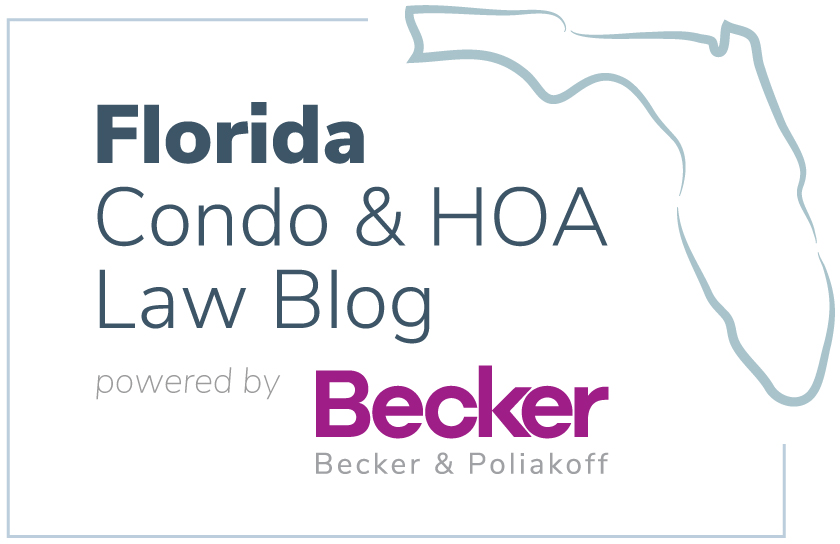Q: I live on the first floor of a two-story condominium. My upstairs neighbor’s water heater somehow malfunctioned (I believe the tank burst) and by the time it was discovered, hundreds (maybe thousands) of gallons of water had seeped into my apartment, making quite a mess. I immediately called our management company and was told to take it up with my neighbor, that this is not the association’s “problem.” Is that correct? (S.L. via e-mail)
A: Maybe, maybe not. Although your question is simple enough, and certainly a common occurrence in condominium living, the required legal analysis defies easy explanation. I have even been asked to teach classes to lawyers on the “anatomy of a water leak.”
The starting point is whether the incident that caused the damage was an “insurable event.” This imprecise term is used in the Florida Condominium Act, but is not defined. It is generally interpreted to mean something similar to “insured peril,” “covered cause of loss,” or “casualty.” The basic concept is that the association’s property insurance policy is to cover sudden, fortuitous events. Sudden water bursts (such as in the case you describe) are typically “insurable events,” while slow or continuous leaks of water are usually considered maintenance issues and typically not insured.
Assuming the water heater failure was an “insurable event,” the so-called “Plaza East Rule” of the statute comes into play. The Plaza East Rule was enacted by the Florida legislature in 2008 and arises from a previous case decision by that name. The Plaza East Rule is stated to apply retroactively, to all condominiums, although some esoteric constitutional issues remain untested on that issue.
The association insures the “condominium property” as originally installed by the developer, or replacements of like kind and quality. The “condominium property” includes all of the structural components of the buildings, except those items which are to be insured by the unit owners. Unit owners are to insure floor, wall, and ceiling coverings, electrical fixtures, appliances, water heaters, water filters, built-in cabinets and countertops, and window treatment. The association insures the rest of the building, including drywall.
Stopping here, if the water heater failure was an insurable event (they usually are) and if it damaged drywall (it often does), the association is obligated to repair or replace (but not repaint) the drywall, since the association insures it. If there are insufficient insurance proceeds to do so (which is often the case due to the deductible), then everyone in the condominium is assessed the cost as a common expense. You would be responsible for dealing with any damaged items on the “list of exclusions,” such as carpet damage as well as damage to any personal property (such as furniture and clothing). Typically, your individual insurance policy (called the HO-6 policy) should provide primary coverage for any damage to the items not insured by the association.
Enter the concept of negligence. Say, for example, the upstairs unit was empty, that your association rules require water to be shut off when an owner is away, and the owner did not do so. Since the association’s property policy is “no-fault,” the general approach to solving the problem does not change. However, your insurer and the association’s insurer may have rights of “subrogation” against the upstairs owner, and both you and the association would have the right to sue the upstairs owner for any respective damages not covered by insurance.
To complicate things a bit further, if your negligence contributed to the loss (which would not seem applicable in this situation), there is an exclusion from the protections of the Plaza East Rule. Further, associations have the right to “opt out” of the Plaza East Rule by taking a specific vote. Also, when “dry-out” is necessary, the situation becomes more complicated still. While an association may have a legitimate need to employ a dry-out contractor to stem drywall damage, as often (or perhaps more often), dry-out is only needed to protect owner property (for example, drying out wet carpets). Who pays for that?
When boiled down to its basic components, the law is really not that complicated, but the facts of each case will determine the proper allocation of costs.
Joe Adams is an attorney with Becker & Poliakoff, P.A., Fort Myers. Send questions to Joe Adams by e-mail to jadams@bplegal.com. Past editions may be viewed at floridacondohoalawblog.com
CondoLeaksRepairs

